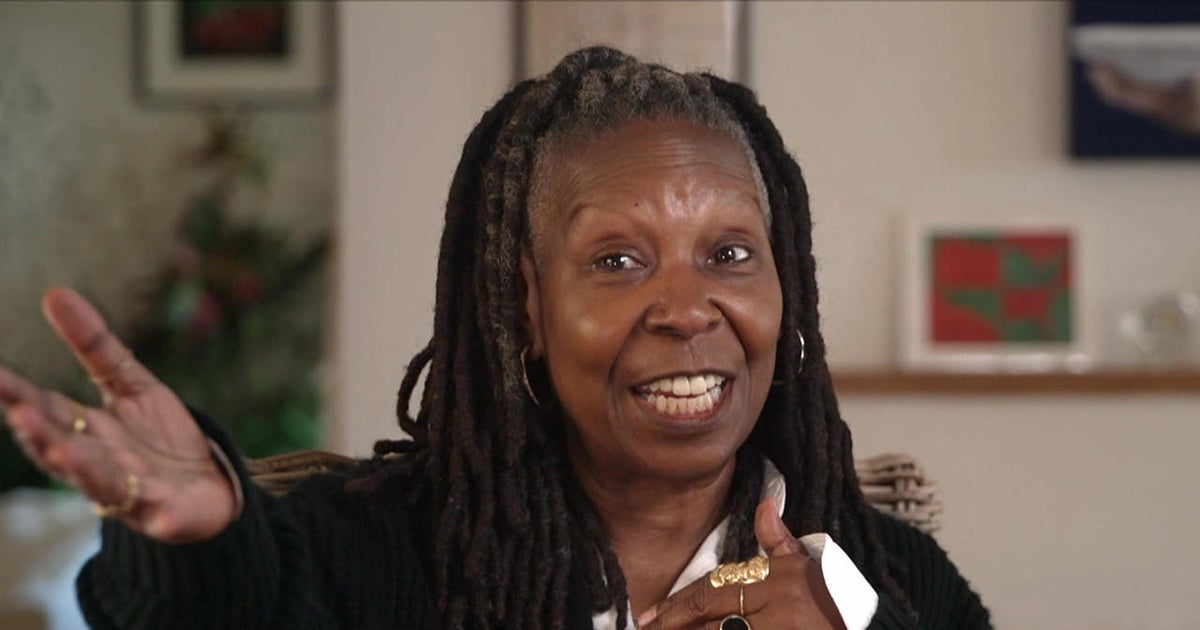Building your own gingerbread house
Not many folks are thinking about starting construction on a new home in this real estate market, but there is a house most of us can afford to build -- made out of gingerbread.
Todd Knaster, assistant professor of baking and pastry at the Culinary Institute of America, visited The Early Show with everything it takes to build one of these holiday homes in your own kitchen.
First, a little history:
Ginger is a spice from Indo-Malaysia. The ginger root was believed to sooth an upset stomach or to prevent a cold. In 2000 B.C. wealthy Greek families sailed to the Isle of Rhodes to get spiced honey cakes. In the eleventh century, pilgrims and soldiers introduced ginger to the Europeans. The English created ginger candy. Two hundred years later, bread crumbs were added to the mixture and gingerbread almost as we know it was born.
In the middle ages, medieval ladies gave gingerbread cakes to their favorite knights. Different shapes were used for different meanings. The heart was used to ward off evil. Ginger was very plentiful in Germany because it became the center for spice trade. Craft people created special baking molds of animals, fish, and bible scenes sometimes weighing over one hundred pounds. In the 16th century Queen Elizabeth I presented guests with a gingerbread made to look like them.
In the 16th century Queen Elizabeth I presented guests with a gingerbread made to look like them he discovery of the New World and the introduction of molasses in the 17th century brought the gingerbread we are familiar with; cake-like without bread crumbs. It became available to everyone, not just royal and wealthy people..
Gingerbread houses became popular in America after this time. Competitions still exist in Pennsylvania and Connecticut to see who can build the most lavish gingerbread house. The folktale of Hansel and Gretel made the gingerbread house familiar to Americans and Europeans. The tale was about two children who walked through the dangerous forest and they came upon a house made of gingerbread.
In Germany, gingerbread houses continue to be popular In some villages, each family would bring a model of their home to a central location where the village was recreated in miniature. Then, on New Year's Day, the children break the houses apart and eat them to celebrate the new year.
Chef Knaster recommends careful planning before embarking on this architectural endeavor.
"It is best to plan ahead as to what style house you want to make," Knaster explains. "I sit down with my kids and we draw the shape of the roof, sides, front, back, and chimney. Then we transfer the design onto cardboard.
"There are also plenty of stencils that you can download from Web sites if you don't have the time to make your own," Knaster added.
The dough can be cut to fit the stencils either before or after the cookie dough is baked.
Some notes about making the house:
Working quickly is very important as Royal Icing dries very fast once it has been piped. In order to keep it from hardening while you are working with it, store the icing in a sealed container with a damp paper towel directly on its surface.
If you don't have a pastry bag available, simply use a heavy duty resealable plastic bag with one small corner cut off for the piping tip, to decorate your house.
Be sure to let your assembled gingerbread house dry for at least one hour before adding the candy decorations. This way, you can ensure that the weight of the candies will not collapse your structure before the Royal Icing has set.
If the Royal Icing seems too thick, it can be thinned with a tablespoon of water.
It is best not to rush this process and to allow plenty of time between assembly steps so that the Royal Icing can properly dry.
For ease of piping, designs such as latticework can be piped on the pieces before gluing them together, but no candy should be placed until the house is assembled. The weight from the candy could make the house more likely to fall down while the icing dries.
Looking for healthier options when it comes to gingerbread house decorations? Try nuts, raisins, pretzels, dried fruit, or any other snacks that are readily available in the bulk foods section of most supermarkets.
Once you have completed decorating the gingerbread house, spread any leftover icing onto the base to look like snow.
Any leftover Royal Icing should be thrown out once the house is decorated, as it contains raw egg white, and should not be saved for later use.
For a finishing touch, sift a little bit of powdered sugar over the house for a "freshly fallen snow" look.
Note: The large completed gingerbread house featured in the segment was built by another master baker and teacher, Biagio Settepani. He owns Pasticceria Bruno in New York City.



